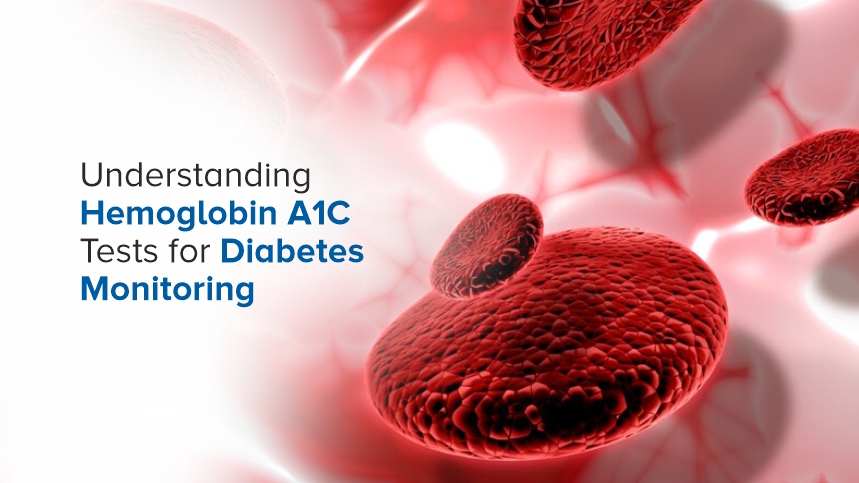


Condition
- Preventive Health Checkup
- Top tests
- Diabetes
- Top tests
- Preventive Health Checkup
- Preventive Health Checkup
- Preventive Health Checkup
- Diabetes
- Lifestyle Packages
- Lifestyle Packages
- Heart Disease & Hypertension
- Lifestyle Packages
- Heart Disease & Hypertension
- Lifestyle Packages
- Preventive Health Checkup
- Preventive Health Checkup
- Preventive Health Checkup
- Lifestyle Packages
- Top tests
- Lifestyle Packages
- Top tests
- Lifestyle Packages
- Top tests
- Diabetes
- Diabetes
- Others
- Blood Disorders
- Top tests
- Others
- Others
- Others
- Fever
- Fever
- Blood Disorders
- Blood Disorders
- Preventive Health Checkup
- Preventive Health Checkup
- Profile
- Kidney Disease
- Kidney Disease
- Diabetes
- Diabetes
- Heart Disease & Hypertension
- Preventive Health Checkup
- Lifestyle Packages
- Thyroid Disorder
- Diabetes
- Diabetes
- Diabetes
- Diabetes
- Diabetes
- Diabetes
- Diabetes
- Top tests
- Allergy
- Top tests
- Top tests
- Top tests
- Top tests
- Diabetes
- Top tests
- Diabetes
- Top tests
- Top tests
- Top tests
- Liver Disease
- Diabetes
- Top tests
- Vitamin Deficiency
- Top tests
- Top tests
- Liver Disease
- Top tests
- Top tests
- Top tests
- Anemia
- Anemia
- Anemia
- Diabetes
- Diabetes
- Anemia
- Top tests
- Top tests
- Top tests
- Preventive Health Checkup
- Thyroid Disorder
- Heart Disease & Hypertension
- Top tests
- Preventive Health Checkup
- Diabetes
- Heart Disease & Hypertension
- Top tests
- Fever
- Allergy
- Liver Disease
- Lifestyle Packages
- Heart Disease & Hypertension
- Top tests
- Arthritis
- Top tests
- Top tests
- Heart Disease & Hypertension
- Kidney Disease
- Preventive Health Checkup
- Allergy
- Top tests
- Lifestyle Packages
- Top tests
- Kidney Disease
- Top tests
- Lifestyle Packages
- Top tests
- Preventive Health Checkup
- Preventive Health Checkup
- Top tests
- Top tests
- Vitamin Deficiency
- Allergy
- Diabetes
- Top tests
- Top tests
- Top tests
- Top tests
- Heart Disease & Hypertension
- Allergy
- Top tests
- Preventive Health Checkup
- Top tests
- Top tests
- Infertility
- Top tests
- Lifestyle Packages
- Allergy
- Diabetes
- Heart Disease & Hypertension
- Lifestyle Packages
- Preventive Health Checkup
- Preventive Health Checkup
- Top tests
- Preventive Health Checkup
- Top tests
- Diabetes
- Top tests
- Infertility
- Top tests
- Thyroid Disorder
- Top tests
- Allergy
- Preventive Health Checkup
- Vitamin Deficiency
- Top tests
- Top tests
- Infertility
- Lifestyle Packages
- Diabetes
- Liver Disease
- Kidney Disease
- Vitamin Deficiency
- Top tests
- Heart Disease & Hypertension
- Heart Disease & Hypertension
- Top tests
- Heart Disease & Hypertension
- Heart Disease & Hypertension
- Heart Disease & Hypertension
- Infertility
- Heart Disease & Hypertension
- Vitamin Deficiency
- Vitamin Deficiency
- Arthritis
- Arthritis
- Top tests
- Top tests
- Lifestyle Packages
- Preventive Health Checkup
- Lifestyle Packages
- Preventive Health Checkup
- Vitamin Deficiency
- Top tests
- Lifestyle Packages
- Lifestyle Packages
- Preventive Health Checkup
- Top tests
- Preventive Health Checkup
- Top tests
- Heart Disease & Hypertension
- Infertility
- Top tests
- Top tests
- Preventive Health Checkup
- Lifestyle Packages
- Top tests
- PCOD
- Preventive Health Checkup
- Lifestyle Packages
- Preventive Health Checkup
- Top tests
- Fever
- PCOD
- Kidney Disease
- Top tests
- Top tests
- Preventive Health Checkup
- Preventive Health Checkup
- Liver Disease
- Thyroid Disorder
- Top tests
- Heart Disease & Hypertension
- PCOD
- Top tests
- Arthritis
- Preventive Health Checkup
- Kidney Disease
- Lifestyle Packages
- Top tests
- Allergy
- Top tests
- Top tests
- Diabetes
- Thyroid Disorder
- Preventive Health Checkup
- Top tests
- Lifestyle Packages
- Preventive Health Checkup
- Top tests
- Kidney Disease
- Liver Disease
- Infertility
- Top tests
- Anemia
- Top tests
- Top tests
- Top tests
- Preventive Health Checkup
- Bone Health
- Cancer
- Fatty Liver

Tests
Diabetes is a condition that needs to be constantly monitored to ensure that blood sugar levels stay within a healthy range. One of the most popular tests to track diabetes is a Hemoglobin A1C test, but what exactly is it and how can it help manage diabetes? Let’s explore what the Hemoglobin A1C test is and how to read the results, as well as how it can help prevent complications from diabetes.
The Hemoglobin A1C test measures the percentage of hemoglobin in blood that is attached to sugar or glucose. Hemoglobin is a protein found in red blood cells that carries oxygen from your lungs to the rest of your body. When glucose is attached to hemoglobin, it forms a substance known as glycated hemoglobin, or Hemoglobin A1C (HbA1C). This test gives you an idea of your average blood sugar level for the past two to three months.
The results of the Hemoglobin A1C test are expressed in percentages, with normal values being below 5.7%. People with diabetes are recommended to have Hemoglobin A1C values between 7 and 8%. For some individuals with diabetes, Hemoglobin A1C values as low as 6.5% may be recommended. The suggested target value for the Hemoglobin A1C test depends on factors such as age, how long you’ve had the condition for and any other existing health conditions. Based on the test results, your doctor can recommend the necessary treatment adjustments.
It is important to note that Hemoglobin A1C values should be evaluated in conjunction with other factors, such as blood sugar levels and symptoms. For instance, if a person is experiencing symptoms of hypoglycemia (low blood sugar levels), while Hemoglobin A1C values are within target levels, the treating doctor may still recommend adjusting treatment options to avoid the symptoms.
The Hemoglobin A1C test is an essential tool for diabetes management, as it provides crucial information about long-term blood sugar levels. Evaluating Hemoglobin A1C values once every three months can help evaluate how well your diabetes management plan is working and determine if changes need to be made to the treatment plan. This test helps identify abnormal patterns and enables you and your health care team to develop an appropriate treatment plan.
Conclusion:
The Hemoglobin A1C test is a reliable tool for monitoring diabetes, as it helps keep track of the average blood sugar level for the past two to three months. Understanding this test is key to keeping diabetes in check, with the test results helping determine necessary action for diabetes management. By measuring Hemoglobin A1C values as part of the diabetes management plan, you and your health care team can work together to monitor and prevent complications from diabetes. Remember to consult your doctor to discuss your Hemoglobin A1C values, as they play a crucial role in the overall management of your diabetes.
WANT TO BOOK HEALTH CHECKUP ?
Categories
Preventive Health Checkup
33
Top tests
74
Diabetes
24
Lifestyle Packages
22
Heart Disease & Hypertension
17
Others
4
Blood Disorders
3
Fever
4
Profile
1
Kidney Disease
8
Thyroid Disorder
5
Allergy
8
Liver Disease
6
Vitamin Deficiency
7
Anemia
5
Arthritis
4
Infertility
6
PCOD
3
Bone Health
1
Cancer
1
Fatty Liver
1
Recent Blogs
Hair Loss in Men vs. Women: Different Causes, Different Tests
Hair loss affects millions globally, but its causes and patterns vary significantly between...
21-05-2025
Why Every Adult Should Include CBC in Annual Health Checkups
Regular health checkups are a cornerstone of preventive healthcare, and one test that should...
21-05-2025
How Regular Blood Sugar Monitoring Can Help Prevent Diabetes
Diabetes is one of the fastest-growing chronic illnesses globally, affecting millions of...
21-05-2025







